Research Center for Human Factors
Human errors made by operators and maintenance workers at nuclear power plants have steadily decreased as a result of improvements in human-machine interface and the work environment. However, this tendency has recently leveled off. We can say therefore that measures for human error reduction are more necessary now than ever before.
There is also a rapid increase in the number of scandals related to ethics in organizations. This has led to strong expectations of new methods to study corporate ethics, compliance, etc. Studies conducted by this research center on safety climate have revealed that individual action is greatly influenced by such organizational factors as the “Organization’s Attitude towards Safety” and the “Attitude of One’s Immediate Superior.” A close examination and analysis of the organizational factors at the roots of accidents and disasters is being conducted.
Nuclear power equipment has aged while operation continues within the framework of new inspection systems. The environment surrounding nuclear power plants is thus continually changing, and to date, problems arising from such change have normally been handled in ad hoc ways.
This can be considered as a positive aspect of human involvement. However, on the other hand, human error can also lead to an imbalance between people and their environment which can develop into major accidents. This constitutes the negative side of things.
In this Center for Human Factors, we are involved in a wide range of studies for increasing human advantages and decreasing the disadvantages as much as possible.
The Great East Japan Earthquake and the gigantic tsunami that struck Japan on March 11, 2011, coupled with the nuclear accident at Tokyo Electric Power’s Fukushima Daiichi Nuclear Power Plant, had a huge impact on both inside and outside Japan of, creating the need for a new perspective from which human factors can be studied in the future. As a result of a review of past research, the Center has come to challenge the sophistication of prevailing analyses and evaluation methods. We are also involved in research in the field of risk management by simulating emergency situations. One example of the risk management studies concerns organizational good practices in case of emergency.
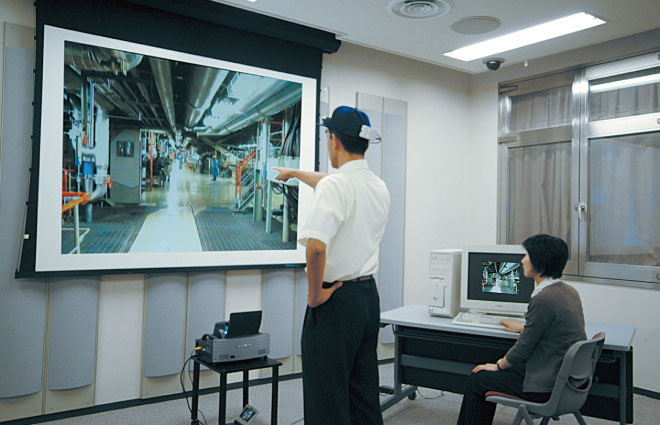 Research at the Human Laboratory includes studies testing the effectiveness of method which consists in speaking loudly while pointing at an object, and studies on how to mitigate the effect of distracting noise (Shown: Studies on calling loudly while pointing at an object).
Research at the Human Laboratory includes studies testing the effectiveness of method which consists in speaking loudly while pointing at an object, and studies on how to mitigate the effect of distracting noise (Shown: Studies on calling loudly while pointing at an object).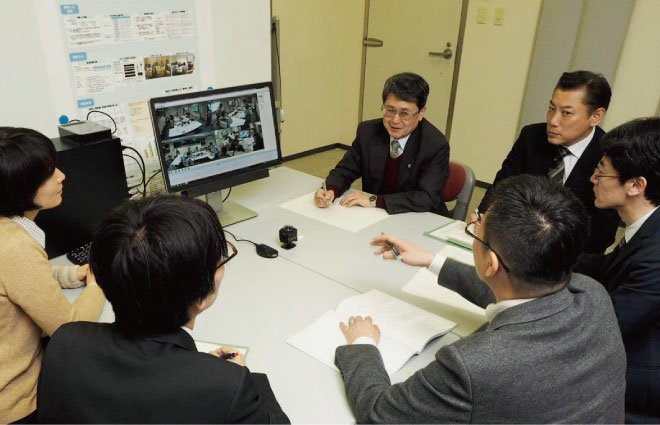
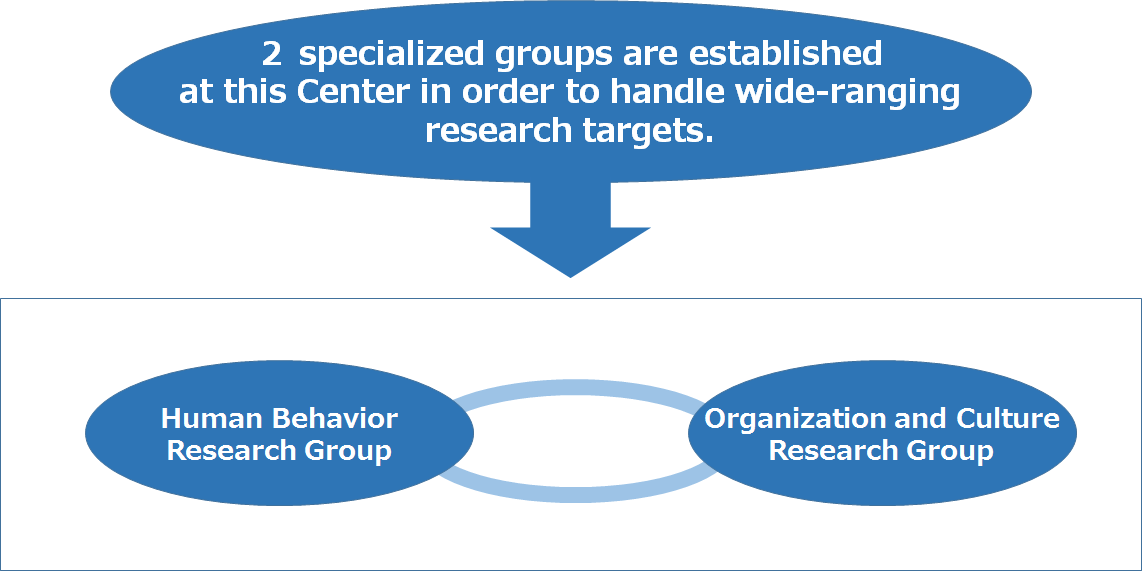
Key Achievements – Books & Brochures
-
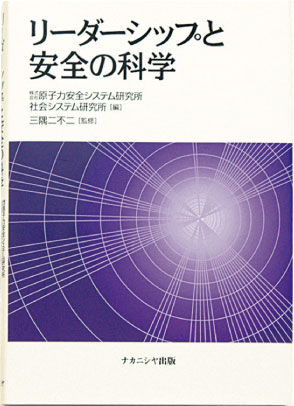 The Science of Leadership and Safety,
The Science of Leadership and Safety,
Nakanishiya Shuppan, 2001 -
 The Search for a Safety Climate,
The Search for a Safety Climate,
President Inc., 2003 -
 Morals of Engineers,
Morals of Engineers,
Maruzen Planet Co., Ltd., 2003 -
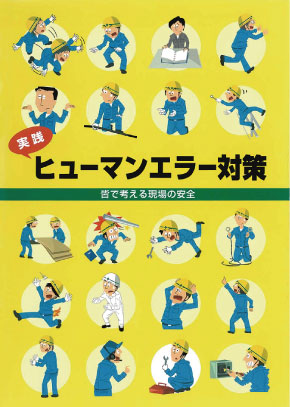 Practical Measures to Prevent Human Errors,
Practical Measures to Prevent Human Errors,
Denki Shimbun, The Japan Electric Association, 2010 -
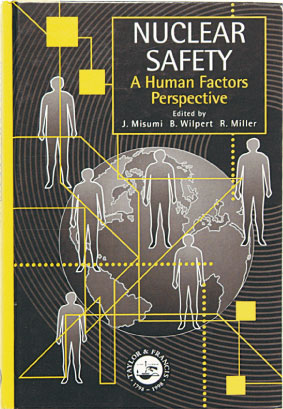 Nuclear Safety: A Human Factors Perspective,
Nuclear Safety: A Human Factors Perspective,
Taylor & Francis Ltd., 1999 -
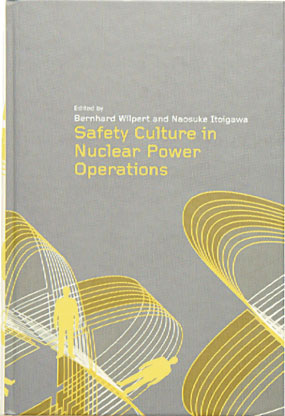 Safety Culture in Nuclear Power Operations,
Safety Culture in Nuclear Power Operations,
Taylor & Francis Ltd., 2001 -
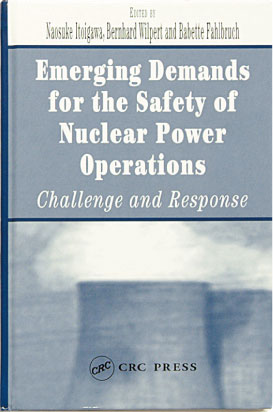 Emerging Demands for the Safety of Nuclear Power Operations,
Emerging Demands for the Safety of Nuclear Power Operations,
Taylor & Francis Ltd., 2004 -
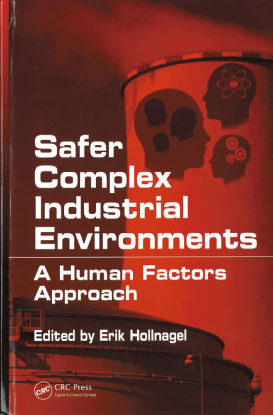 Safer Complex Industrial Environments,
Safer Complex Industrial Environments,
Taylor & Francis Ltd., 2009 -
 Constructing Safety Culture,
Constructing Safety Culture,
Japan Electricity Association,2018
Group
-
Research Center for Human Factors
Human Behavior Research GroupResearch on human behavior for reducing human error and improving human performance in nuclear power plants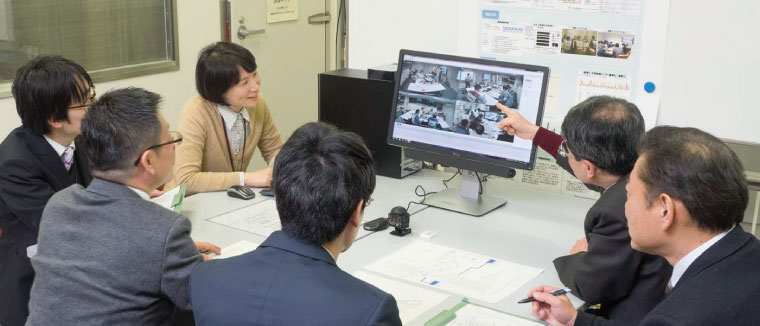
-
Research Center for Human Factors
Organization and Culture Research GroupResearch for sophistication and standardization of investigation of organization and culture in terms of safety in nuclear power plants.

